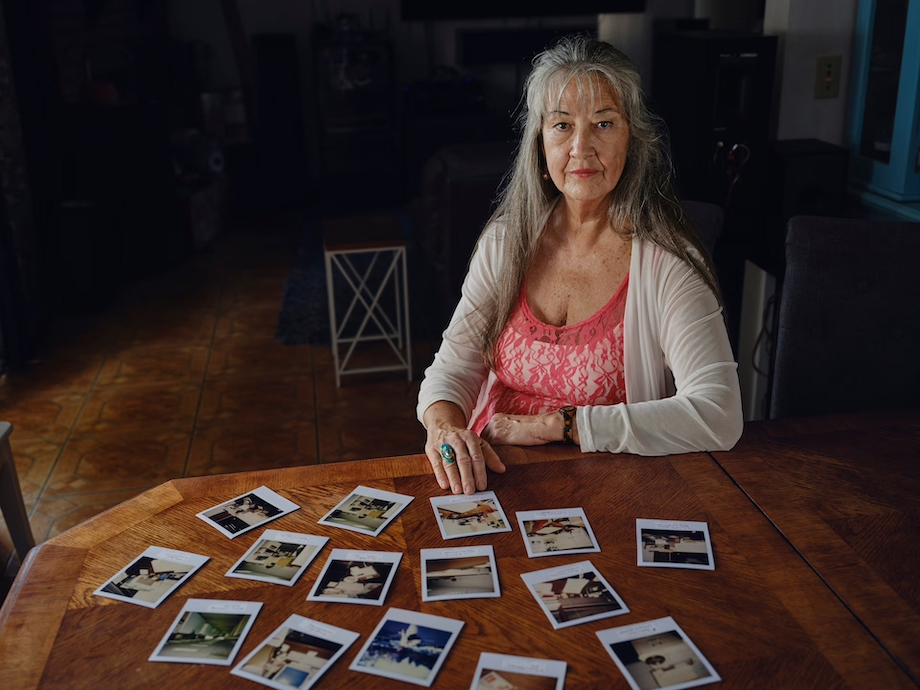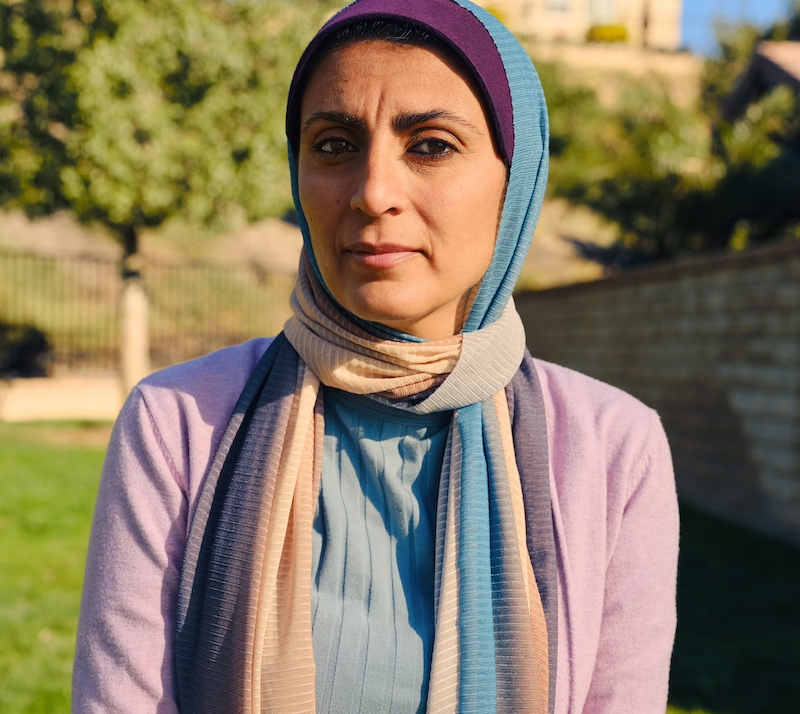California leads in protecting workers from secondhand smoke and vape
Everyone has the right to a workplace that’s free of dangerous secondhand smoke. While this idea seems simple now, it was revolutionary in 1995 when California became the first state to ban smoking in nearly every workplace, including in public buildings, indoor public spaces, and restaurants.1
Three years later, that ban extended to include bars, taverns, and gaming clubs.2 With the addition of this law, most indoor workplaces across the state were covered by secondhand smoke protection policies.
In 2016, California expanded the types of tobacco products banned from use in indoor workplaces to include vapes and marijuana.34 And in January 2024, a law was updated requiring all California hotel and motel rooms to be 100 percent smoke-free took effect, marking another huge win in protecting workers and guests alike.5
Today, California’s clean indoor air protections are some of the strongest in the nation, eliminating most secondhand smoke exposure in the workplace, making it safer for employees and customers to do business.6

“If nobody else is stepping up, you're nominated.”
When Andrea got sick from secondhand smoke in her Los Angeles office, she made history by suing for assault and battery.
Why Big Tobacco doesn’t want clean air laws
Much of Big Tobacco’s disinformation campaigns against secondhand smoke policies center around these laws hurting businesses, but research has proven time and again that these claims are nothing but myths.78 In fact, a study on California’s smoke-free restaurant and bar law shows that revenues actually increased after the smoke-free law passed.9
Over the years, the tobacco industry has fought smoke-free laws because they realize smoke-free spaces encourage people to quit and prevent young people from starting – ultimately hurting their bottom line.1011
Californians want tobacco-free communities
What the tobacco industry doesn’t want you to know is that the public widely accepts smoke-free restrictions in bars, restaurants, workplaces, and other public places – and support only increases with the passage of these laws.1213 In fact, over 80 percent of Californian adults think smoking should not be allowed in outdoor dining areas in restaurants.14 Nearly 70 percent of California adults believe apartment complexes should be completely smoke- and vape-free.14 And 65 percent of California adults think smoking should be banned in all public places.15
There’s no safe level of exposure to secondhand smoke
The U.S. Surgeon General has said there is no safe level of exposure to secondhand smoke.16 Despite California’s significant progress, many are still exposed. In 2023, over half of Californian adults reported being exposed to secondhand smoke within the past 2 weeks.14 Of that group, 26 percent reported exposure in their workplace.14
This continued exposure is in part due to gaps in the laws that still allow smoking in certain places and circumstances, including:17
- Outdoor dining, like restaurant patios. While restaurants can choose to ban smoking in their outdoor seating areas, there is no state law that requires it.
- Outdoor workplaces such as agriculture and industrial worksites, the construction industry, among others.18
- Long-term health care facilities with designated patient smoking areas.
Together, we can turn Californians’ support for smoke-free restrictions into a reality for everyone. Learn more about California’s Clean Air Laws and help eliminate dangerous secondhand smoke and vape exposure for everyone.
Are you or a loved one being exposed to toxic secondhand smoke or vape? Find tips and resources here.












